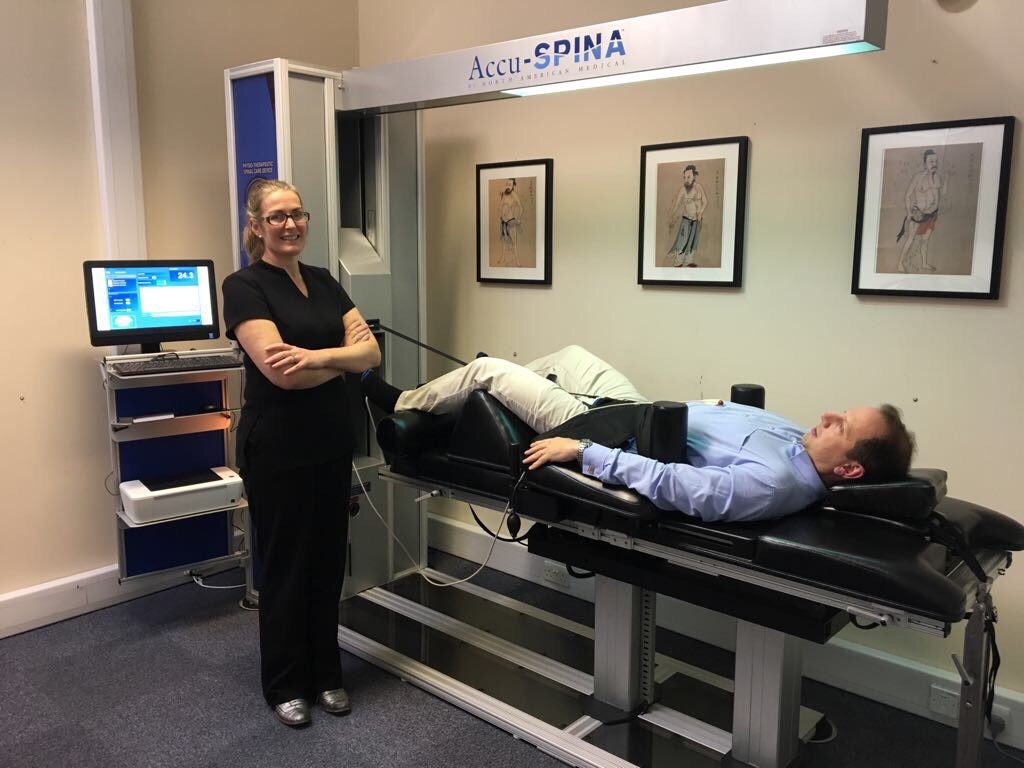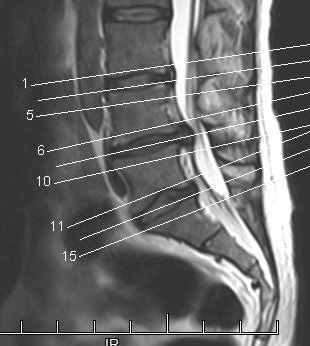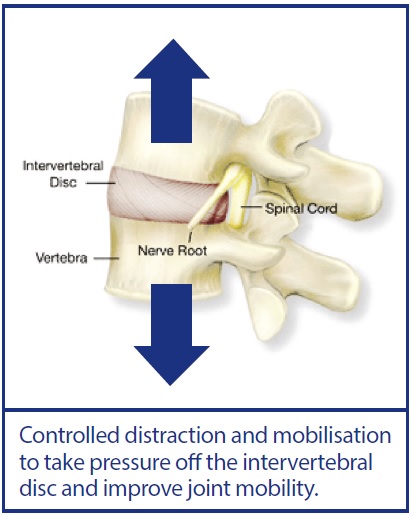In private clinics, IDD Therapy treatment is provided by physiotherapy, osteopathy and chiropractic clinics. Treatment is typically charged as a one hour session at a rate equivalent to or less than two half hour manual therapy treatments.
In the UK, the price of each IDD Therapy session is £70 to £75 depending on the treatment programme. In London the price is £80-£85 because of the higher costs of running a clinic in and around the capital.

IDD Therapy is not given as a single treatment. It is used as a programme of care because certain spinal conditions for which IDD Therapy is provided, do not resolve within the traditional physiotherapy model of 5 to 6 sessions. Thus treatment is generally provided in blocks of 5, 10 or 20 sessions. Some clinics also provide further exercise programmes.
As a progressive treatment, IDD Therapy aims to improve spinal function, to decompress specific spinal segments and improve mobility. It works gradually and tissues (including muscles and ligaments) exposed to gentle stretching and mobilisation have to progressively adapt as treatment forces are increased.
As an illustration, consider embarking on a strengthening programme. We would not expect to be able to lift the heaviest weights in a gym after just a few visits. This is because the tissues respond to the loads being placed upon them by adapting and the muscles grow gradually.
When IDD Therapy was originally developed, the protocol was based on a programme of twenty treatments spread over 6 weeks. The programme also includes gentle exercise guidance and manual therapy as required. For certain back pain conditions which have built up over time, this time is necessary to allow the body to adapt comfortably to progressive increases in decompression forces. The goal is to restore function which in turn can help to relieve pain.
Some patients may not ultimately require a full programme of treatment although most clinics will insist on a minimum commitment of ten sessions. For the types of spinal conditions addressed with IDD Therapy, to seek an outcome within a lessor number of treatments will mean that many patients will not get to a stage of pain resolution and function restoration. ie they will stop treatment before it has had a chance to have an effect.
It is in neither the interest of the patient or practitioner to proceed in a manner which will mean patients who might get better do not have a chance to reach a desired outcome.
Returning to the gym example – to stop training after two weeks because we have not reached a desired strength goal should not lead to a conclusion that strength training is ineffective.

A herniated disc is a condition commonly treated with IDD Therapy
What if I have only had back pain for a short time?
IDD Therapy can help patients with very difficult spinal conditions return to an active life without pain or restriction. The mechanisms employed during IDD Therapy to restore function and relieve pain could in principle be applied for less severe back pain issues.
IDD Therapy takes pressure off discs and other spinal structures and the gentle stretch of tissues helps to relieve muscle spasm. The mechanisms are similar to manual therapy. Of course IDD Therapy does not replace manual therapy as it does not have the dexterity or touch of manual treatment.
However, the challenge for manual therapy is to relieve pressure at specific segments with enough force and for enough time to overcome the strong spinal muscles in what we call a longitudinal direction, ie along the length of the spine. Hence the need for (computer-controlled) mechanical assistance.
In theory the mechanisms which help to resolve chronic back pain when using IDD Therapy could help acute back and neck pain as well. The author regularly has IDD Therapy sessions during clinic training. After each individual session, posture and mobility are improved.
For now, clinics using IDD Therapy provide programmes help patients with longer term issues which have not responded to manual therapy and exercise alone. For these patients, a programme of care is required.
For more information or to arrange an initial consultation with a practitioner, talk to your nearest IDD Therapy provider. They will be able to discuss the most appropriate treatment options for you, whether manual therapy alone or with IDD Therapy treatment, or indeed if other treatments are more appropriate.
To locate a clinic enter your post code on our provider locator, click for the Clinic Finder.
—————-
Author: Stephen Small heads up the UK network of IDD Therapy Disc Clinics and works with providers internationally.


